What Hi-Fi? Verdict
The Wilson Benesch Precision P2.0 are exceptional speakers that set the standards at this price
Pros
- +
Exceptional detail resolution
- +
Impressive engineering
- +
Excellent build
Cons
- -
Need a larger room to shine
Why you can trust What Hi-Fi?
Wilson Benesch has never followed the herd. Its first products – a turntable and tonearm – were made using carbon fibre, something considered exceptionally high-tech back then in 1989.
In the UK, only three other companies could produce the material at that time – Lotus Racing and two manufacturers working for the Ministry of Defence. That’s quite some company for a small fledgling hi-fi brand to keep, and it’s that forward-thinking approach to materials technology that has shone through ever since.
The Wilson Benesch Precision P2.0 we have on test here can trace their lineage right back to the company's first speakers, the A.C.T. One. Launched in 1994, the One used carbon fibre as the side panels for their innovative curved cabinets but also mixed wood and aluminium into the enclosure to create a quiet and well-damped yet immensely rigid structure.
Build
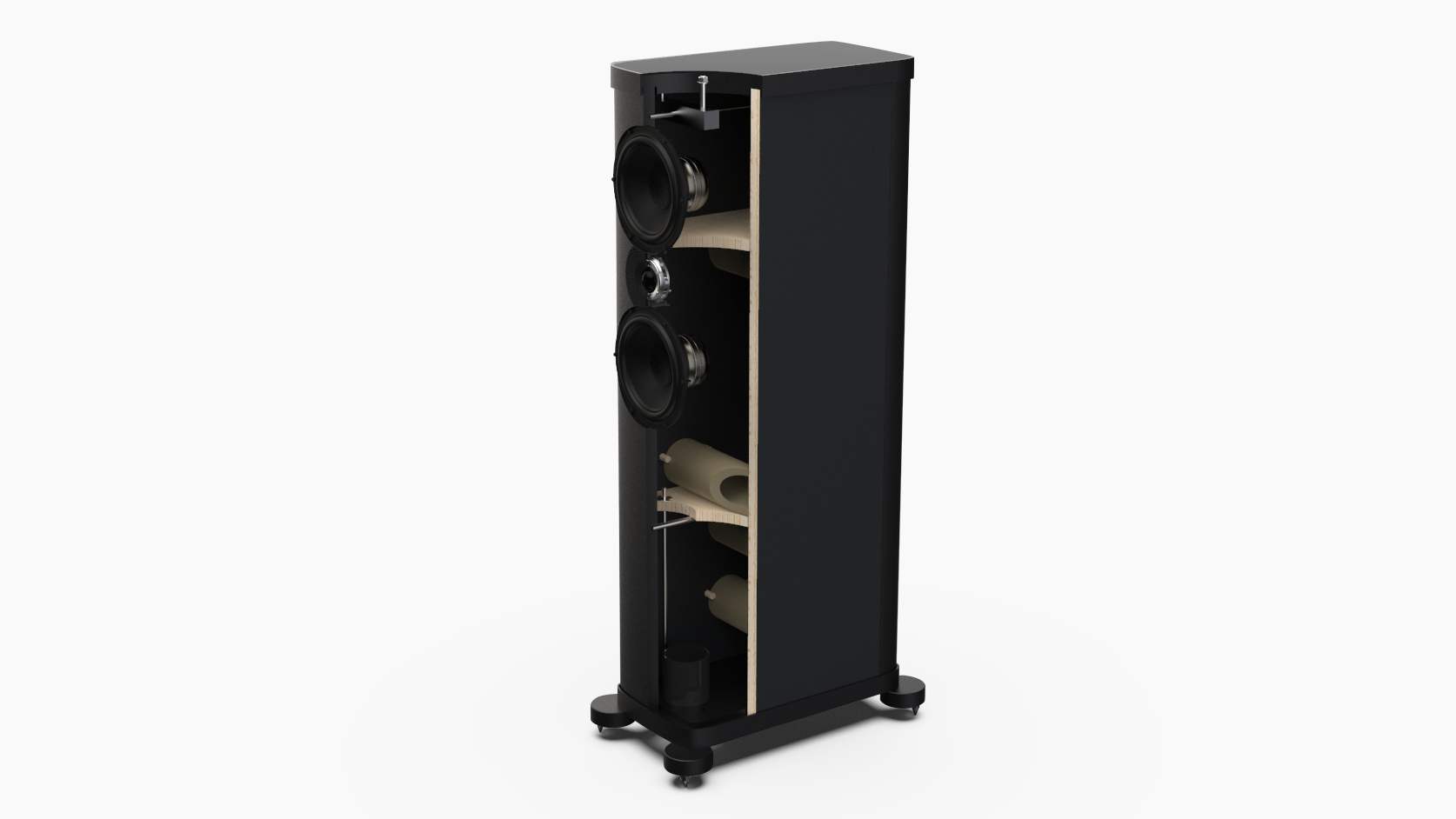
Currently Wilson Benesch’s most affordable floorstanders, the Precision P2.0 use the same hybrid construction principles as the A.C.T. One, though there’s not a patch of carbon to be seen.
The speaker’s build quality is excellent, just as the price point demands. The P2.0’s enclosure feels reassuringly solid and is finished to a suitably high standard. Our only complaint is a minor one – we wish the exposed edges of the tweeter faceplate looked slicker.
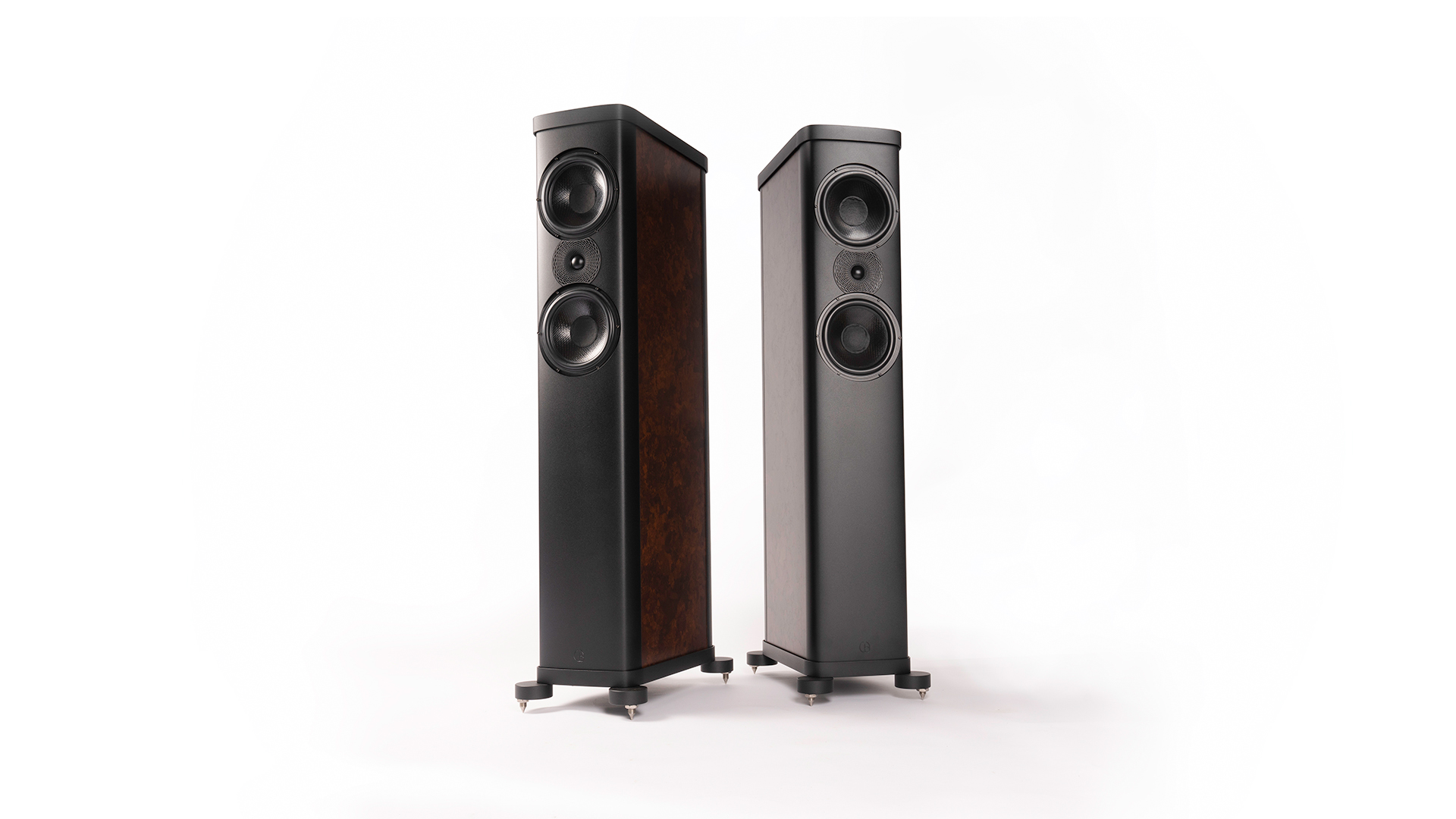
Type 2.5-way, floorstanders
Drivers 1x 25mm Tweeter, 2x 17cm Mid/Bass Unit
Nominal impedance 6ohms
Sensitivity 89dB
Frequency response 34Hz – 24kHz
Dimensions (hwd) 110.5 x 27 x 47cm
Weight 50kg (each)
The Precision P2.0 are available in a wide range of finish options for the side panels, varying from real wood veneers to painted (including a rather fetching green), so there’s likely to be something that suits most living environments.
Inside, you'll find a mix of aluminium and birch plywood panels that are strategically braced, carefully damped and held together by high-tensile steel tensioning rods. The result is an impressively rigid and quiet box that supports the drive units brilliantly.
You also get the same Tactic 2.0 mid/bass and bass drivers as used in Wilson Benesch’s more upmarket products. Unusually for such a small company, these units are designed, engineered and built in-house rather than bought in from a larger OEM supplier. They are sophisticated designs featuring a die-cast chassis, a powerful neodymium magnet, and a 17cm cone made of Isotactic Polypropylene – a material claimed to give a good balance between rigidity, low weight and damping.
The Precision 2.0’s Leonardo tweeter is a 25mm silk dome, as opposed to the silk/carbon dome used on the firm’s more premium offerings. It’s a development of the Semisphere high-frequency unit used in Wilson Benesch’s well-established (and much pricier) Geometry series and uses the same neodymium motor system.
The clever bit here is the tweeter faceplate, which is elaborately shaped to minimise any distortion caused by reflections of the dome’s sound output. The claimed result: a flatter frequency response.
This faceplate pattern is so complex that it can only be manufactured by 3D printing. The part is made of a carbon-reinforced polymer and decoupled from the main baffle to reduce distortions caused by the vibrations generated by the larger units.
Compatibility
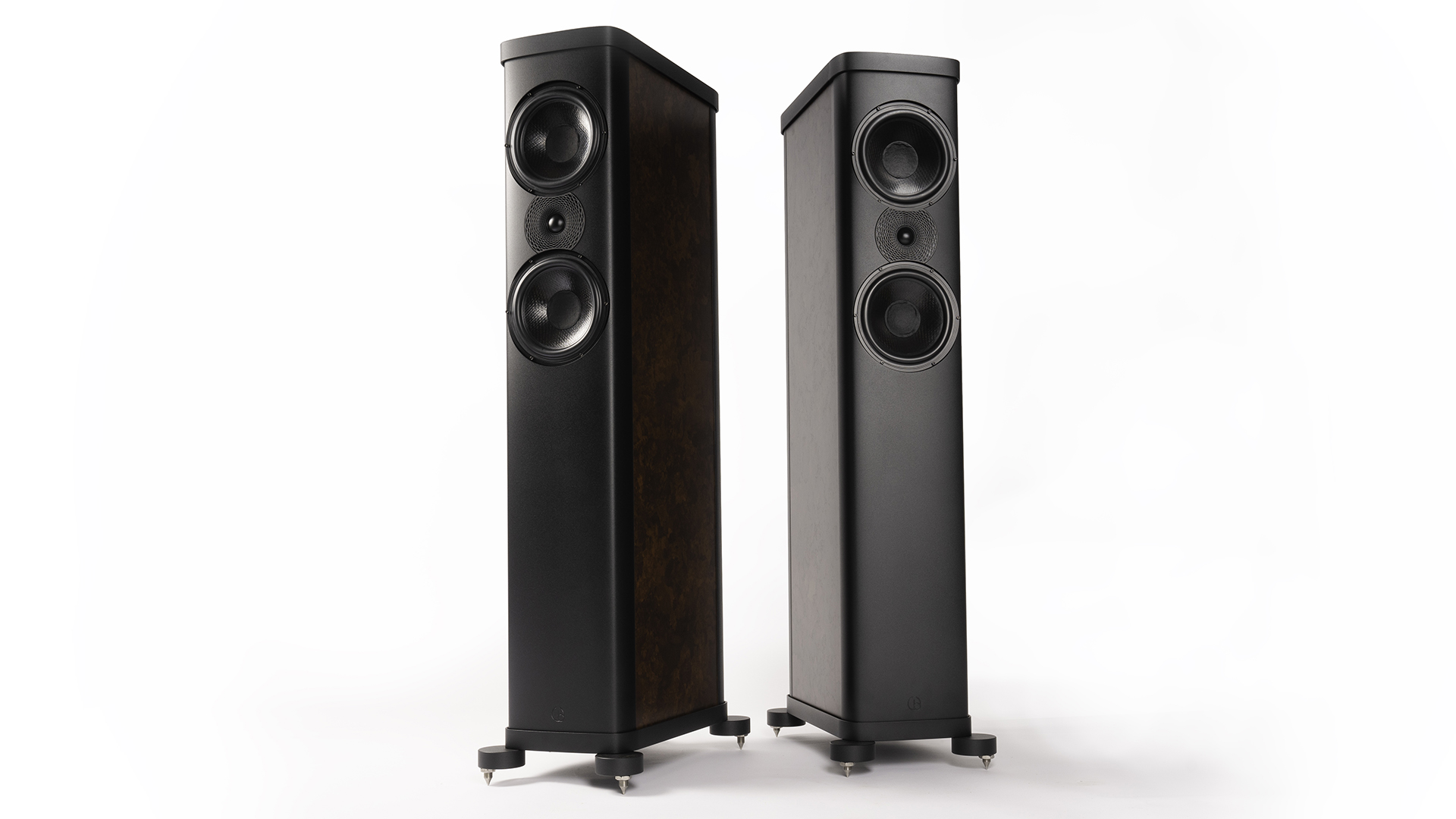
Wilson Benesch has long promoted simple crossover networks on the grounds of signal integrity and that remains the case here. The tweeter uses a gentle second order filter, while the bass driver takes the simplicity even further by going first order. Interestingly, the mid/bass unit – the upper large driver – doesn’t have a crossover at all, being directly connected to the single-wire speaker terminals. It takes considerable engineering skill to make such a combination work seamlessly.
Electrically, the Precision P2.0 prove a fairly conventional load with a sensitivity of 89dB/W/m and nominal 6ohm impedance, with a minimum value that stays above 4ohms. Any well-designed amplifier should be able to drive these, though if you listen at high volume levels or have a particularly large room, it won’t hurt to have something with a bit of grunt. Around 100W per channel is a decent starting point.
These towers prove pretty easy to position in our listening room. They’re fairly substantial at 111cm high, so you’ll need a decently large space, particularly as they sound best well away from the rear and side walls. A small degree of angling towards the listening position helps to solidify the stereo image, too.
There’s no point in buying at this level if the source or amplification is compromised. We use our usual reference set-up of a Naim ND555/555 PS DR music streamer and Technics SL-1000R record player along with Burmester’s 088/911 Mk3 amplifier. We use the similarly priced ATC SCM50 speakers for comparison purposes.
Sound
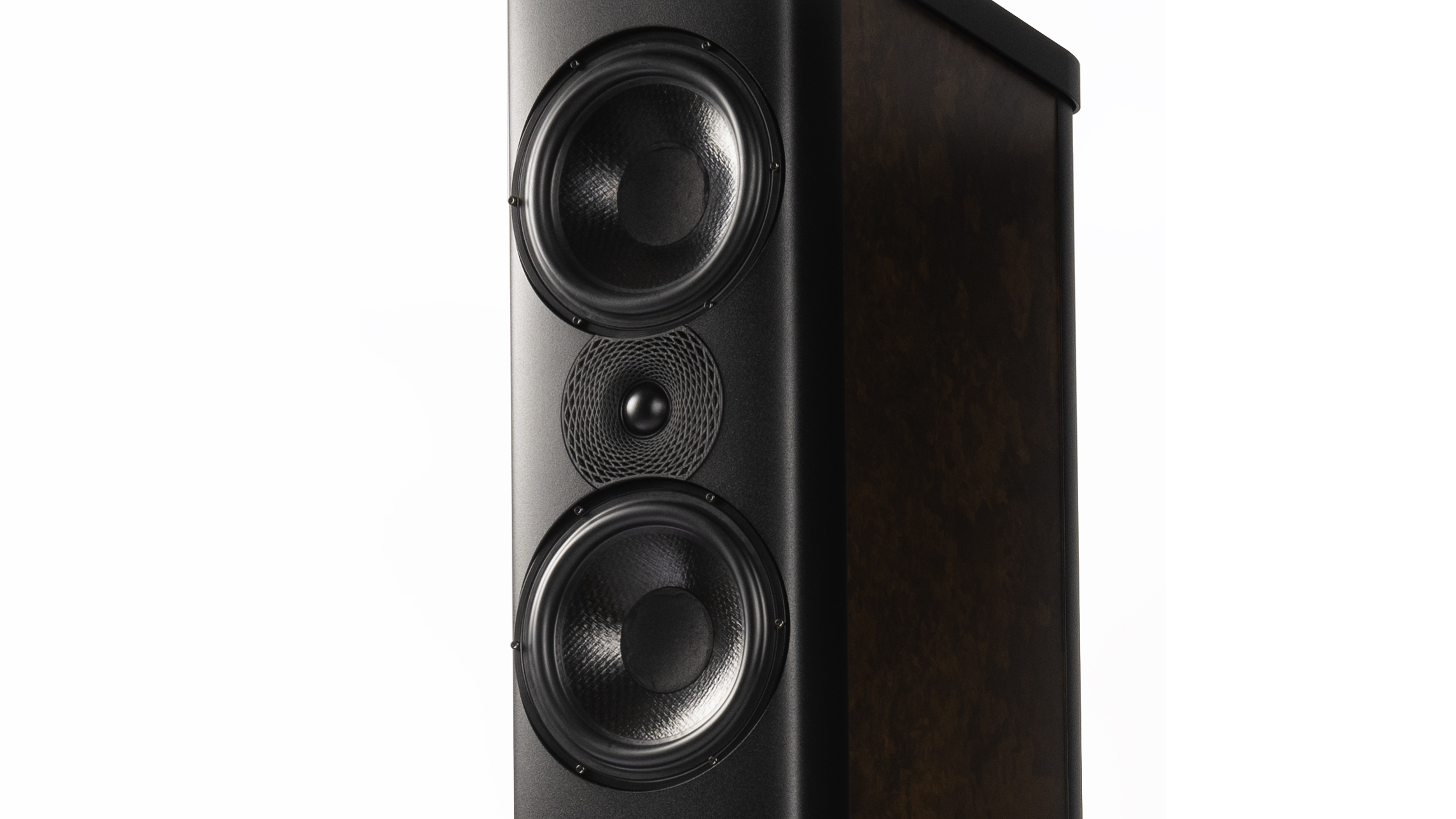
It doesn’t take us long to realise that these Wilson Benesch floorstanders are exceptional performers. Rarely do we hear speakers that sound so clear and transparent. We listen to Mahler’s Symphony No.2 (one of our favourite classical music tracks to test with) and are transported to the concert hall, the speakers’ excellent resolution providing all the acoustic clues necessary to take us there.
That same ability to dig up low-level details gives us convincing instrumental textures and a degree of finesse in tracking subtle dynamic shifts that we haven’t heard bettered at this price. Of course, there’s muscle here too, with crescendos rendered with conviction and no shortage of brute force. We’ve heard rivals with more in the way of punch, but nothing that combines that with the degree of control and delicacy these towers have.
Stereo imaging is well planted, with precisely located instruments and a wonderfully stable presentation. Things stay layered and focused even when the music becomes demanding or volume levels rise. We find the Precision P2.0 have a fairly narrow sweet spot, though, so you need to be careful about where you sit relative to them.
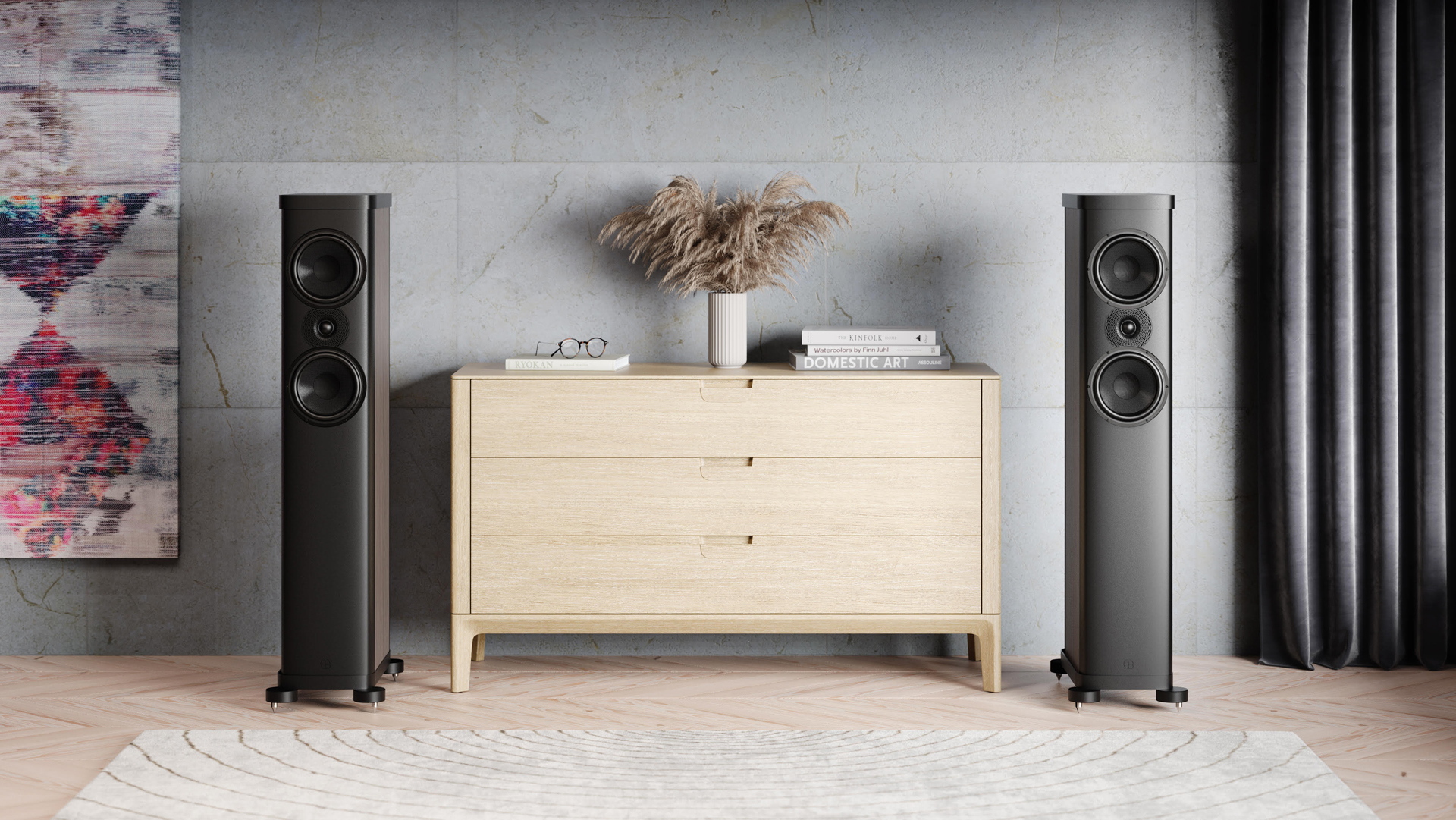
Wilson Benesch has done a fine job with the tonality of these speakers, too. They sound a touch lean but remain nicely balanced, and have enough in the way of top-end refinement so that less-than-perfect recordings are still enjoyable. Even so, they won’t hide any shortcomings in the recording or the rest of the system.
We switch to Time Machine by Alicia Keys and the P2.0 shift gear effortlessly. They prove musically cohesive and deliver the song’s pulsating rhythm with ease. This is an entertaining and energetic presentation that’s huge fun to listen to. We love the speakers' articulate and agile nature, the way they communicate the passion in Keys’ voice and their surefooted sense of drive. If you want to analyse the recording, these Wilson Benesch speakers are happy to do that, but they make it so easy for you to simply sit back and enjoy the music that it would be rude not to.
Verdict
Both of the speakers we’ve reviewed from Wilson Benesch’s Precision range have turned out to be superb performers. The £5995 ($8800, AU$11,990) P1.0 are excellent standmounters and terrific for smaller spaces, but if you can stretch to these floorstanders you won’t be disappointed.
They have all the good points of their smaller siblings but add a degree of authority and dynamic punch the smaller speakers simply can’t match. For us, the Precision P2.0 set the standard for floorstanders at this price.
SCORES
- Sound 5
- Compatibility 5
- Build 5
MORE:
Read our guide to the best floorstanding speakers
Read our Wilson Benesch Precision P1.0 review
What Hi-Fi?, founded in 1976, is the world's leading independent guide to buying and owning hi-fi and home entertainment products. Our comprehensive tests help you buy the very best for your money, with our advice sections giving you step-by-step information on how to get even more from your music and movies. Everything is tested by our dedicated team of in-house reviewers in our custom-built test rooms in London, Reading and Bath. Our coveted five-star rating and Awards are recognised all over the world as the ultimate seal of approval, so you can buy with absolute confidence.

